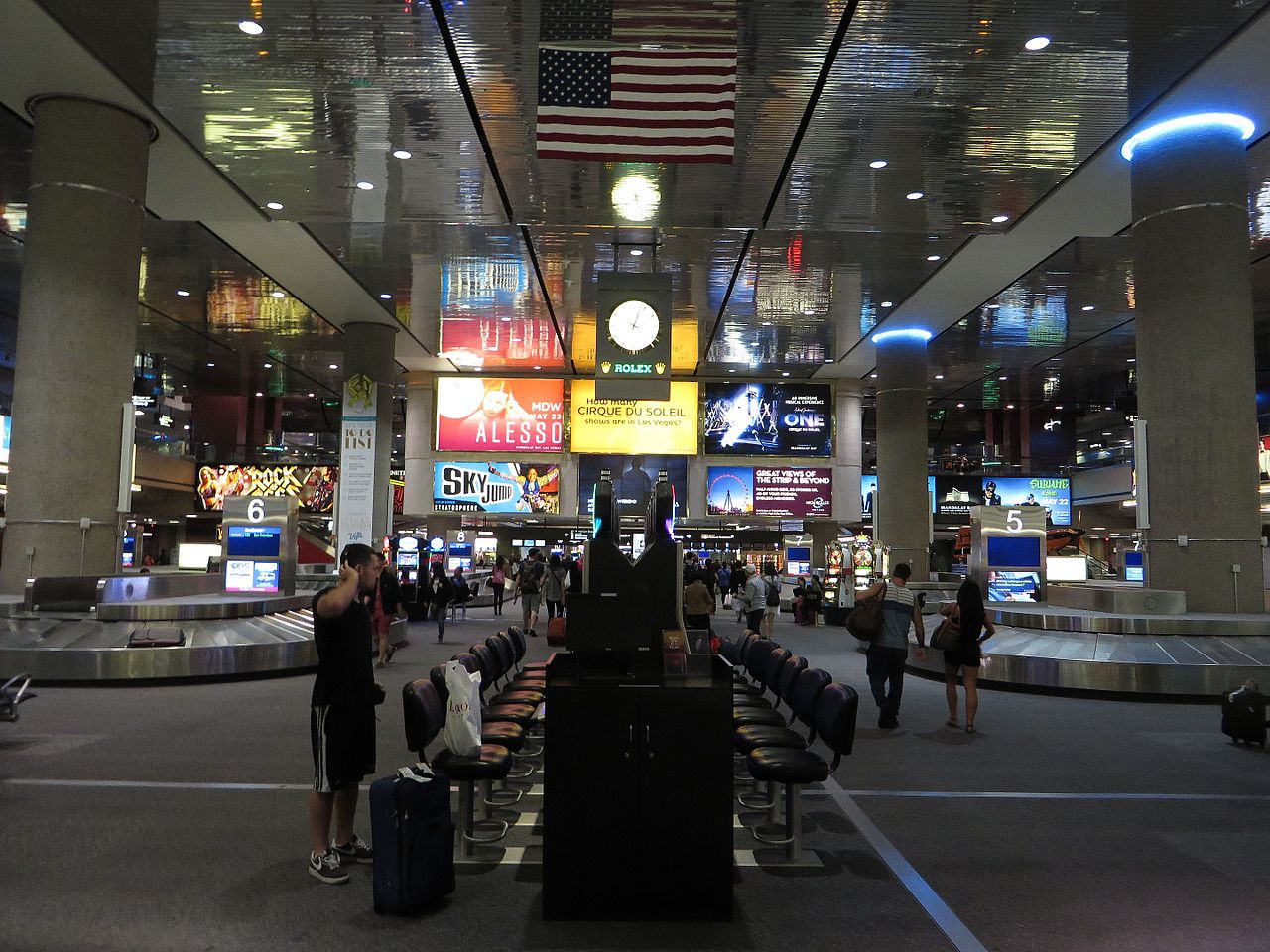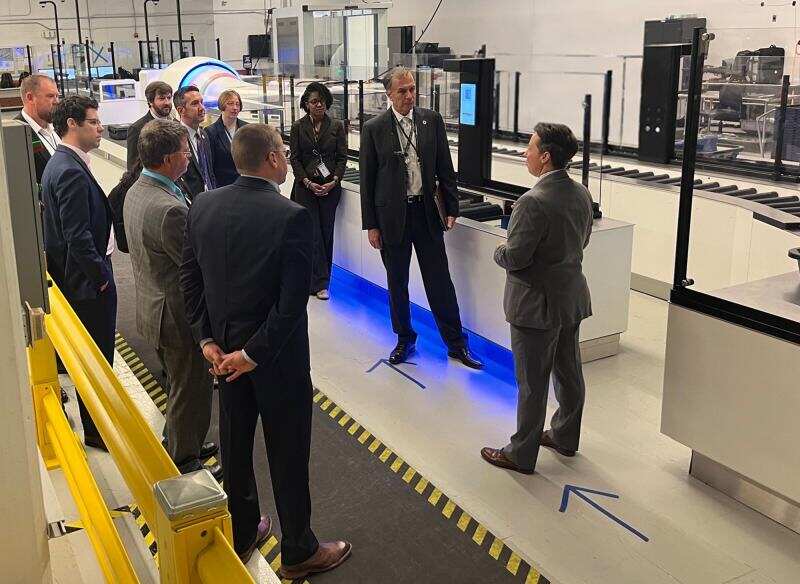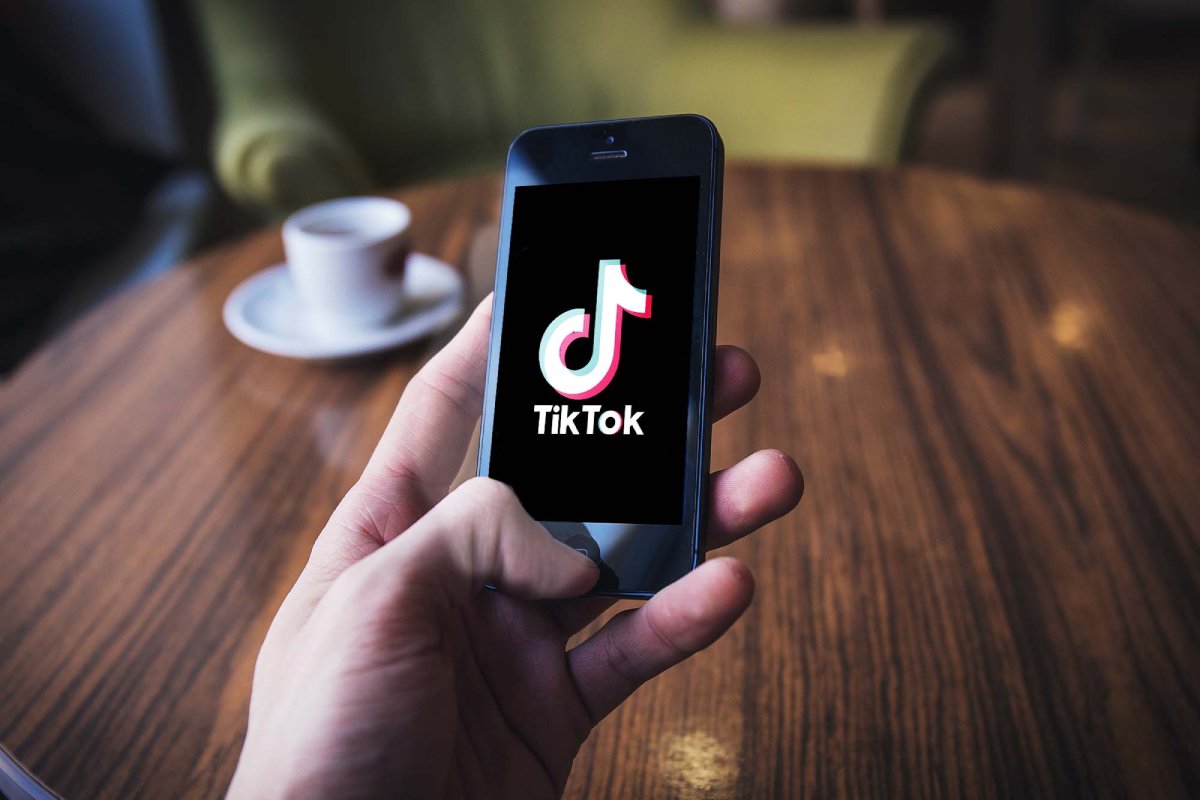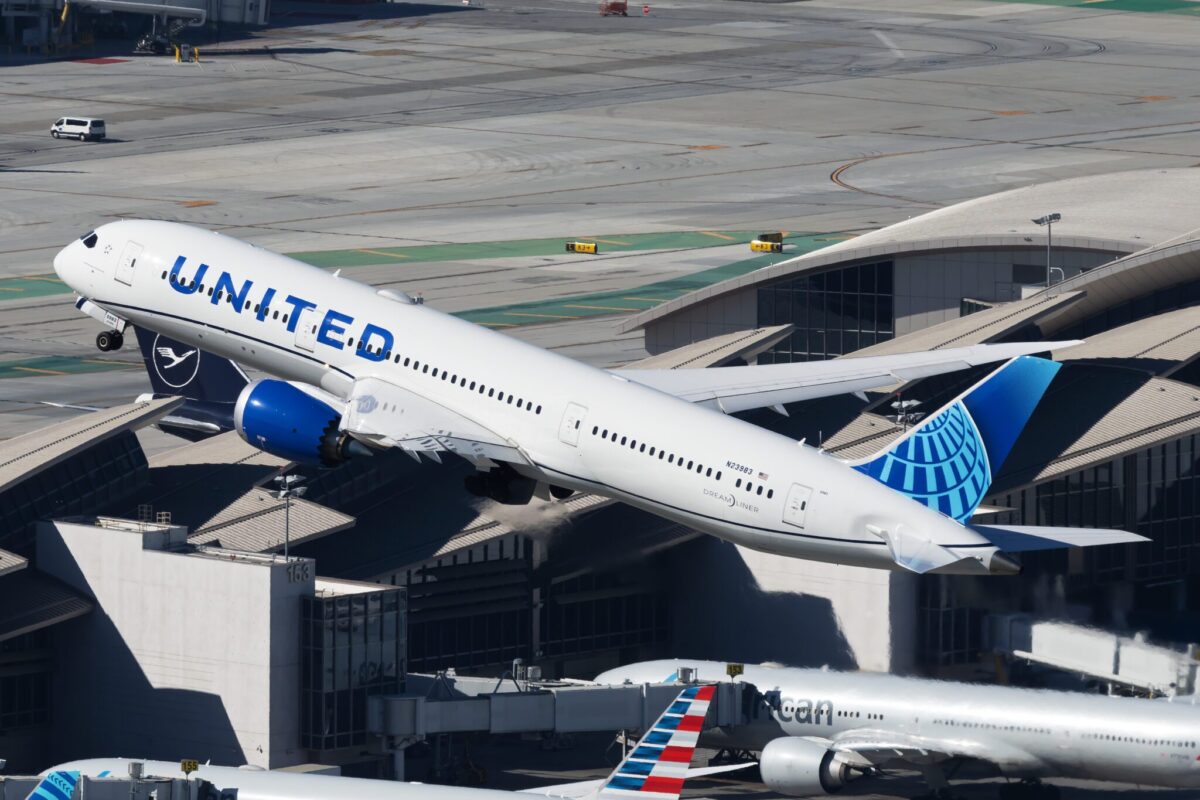TSA Airport Security Self-Screening Lanes Could Be Part of the Future of Travel

Skift Take
With airport security lanes getting clogged in the U.S., UK and elsewhere, the Department of Homeland Security is slated to begin a series of tests of self-screening lanes at several airports, with Harry Reid International Airport in Las Vegas the first on tap in January.
The pilot, which is part of the DHS Screening at Speed Program, will start first in Las Vegas with passengers who are registered with TSA PreCheck, the department said.
The TSA's Self-Screening Lanes
“Travelers will use passenger and carry-on screening systems at individual consoles or screening lanes themselves, reducing the number of pat-downs and bag inspections TSOs (Transportation Security Officers) need to perform and freeing their time to be reallocated to the busier aspects of screening operations," said John Fortune, manager of the Screening at Speed Program in a statement several weeks ago. "The feedback we’ve already received during testing from both mock passengers and TSOs has been incredibly positive.”
Self-screening wouldn't eliminate more rigorous security screenings, but if it works well, it could reduce security screening wait times, and ease the workload for TSA personnel.
Las Vegas Airport Is a Test Site
The Las Vegas airport has already installed the self-screening lane, and the system — or similar ones — could potentially become a model for airports around the world.
Customs lanes at many airports around the world already use biometrics for passport screening, and the self-screening security lanes may complement that automation earlier in the airport security process.
DHS Partners
The DHS has partnered with several companies to build the technology for airport self-screening.
"Micro-X is developing a pod-based design for passengers to use individual screening consoles consisting of a compact carry-on screening system and a flat panel passenger screening capability. The system provides feedback to the passenger if additional screening is needed," the DHS said in November. "A second Micro-X effort includes developing a small Computed Tomography (CT) X-ray system for a compact carry-on and personal item self-screening solution."

DHS Under Secretary for Science and Technology, Dimitri Kusnezov, visited Vanderlande, another contractor, and its PAX M2 self-service screening system in June. Source: TSA.
Another company, Voxel Radar, "is developing in-motion panel sensors to line walls or curved surfaces, so passengers are screened in near real-time while removing belongings, or, possibly in the future, as they walk through a checkpoint," the department said.
Various prototypes that are parts of the self-screening system have already been tested at Ronald Reagan Washington National Airport and in Atlantic City.





